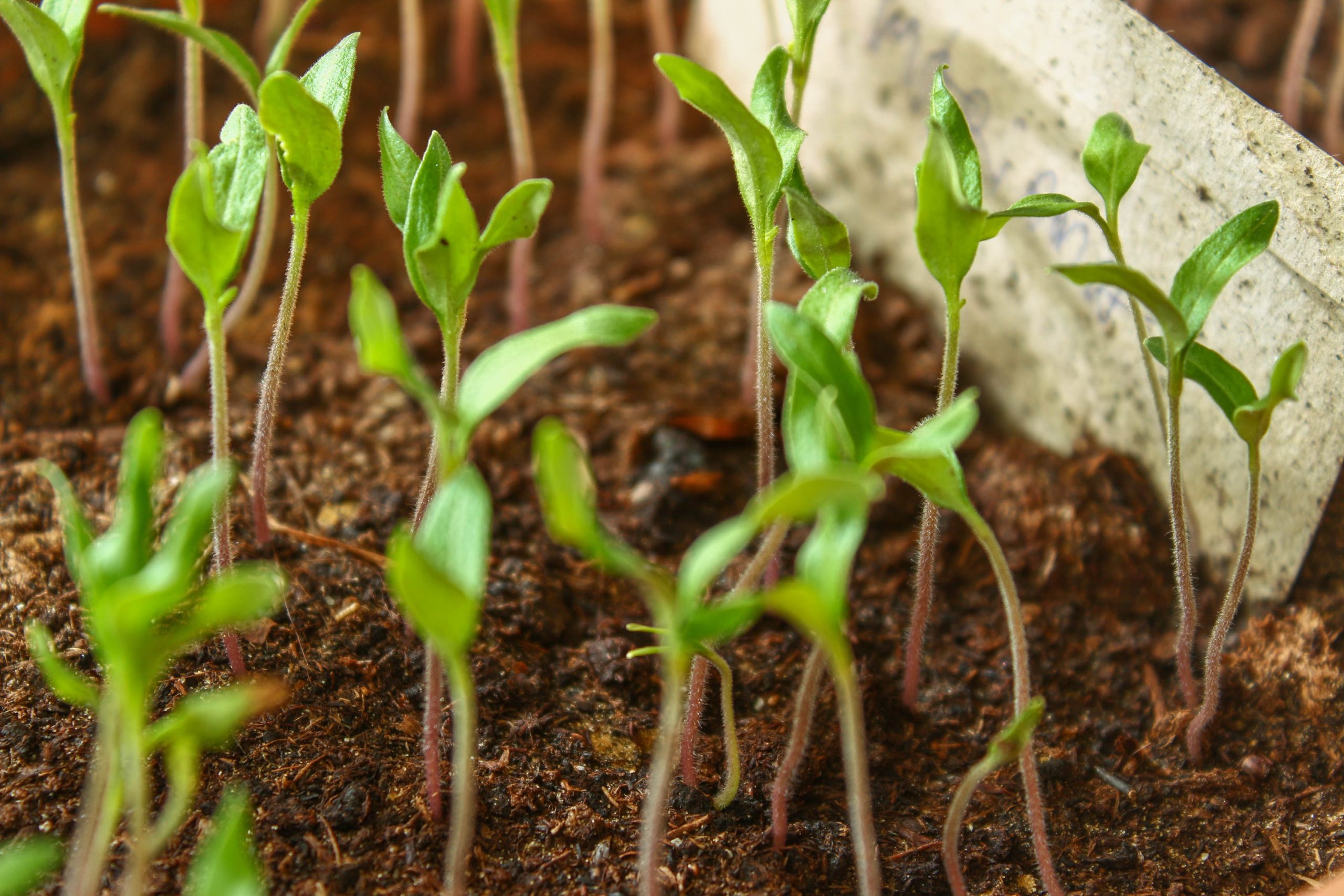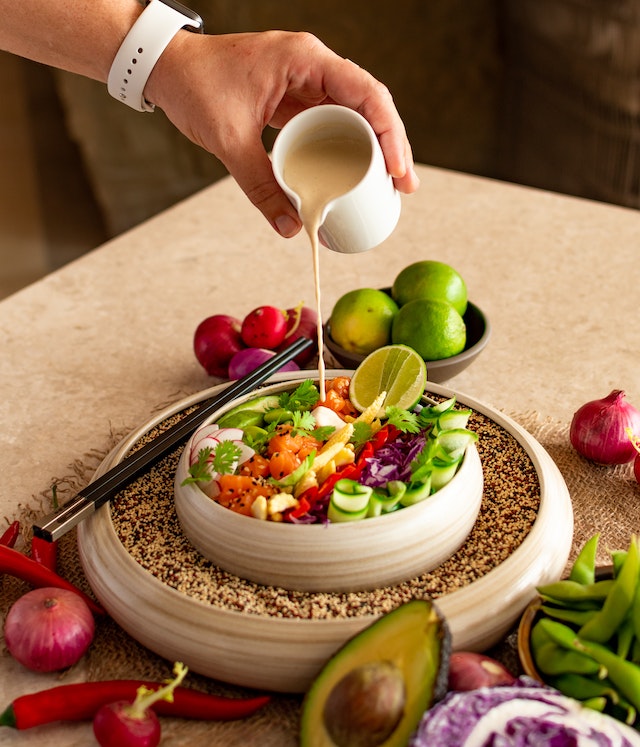Welcome to the world of gardening! Starting your first home garden can be an exciting and rewarding experience, but it can also feel overwhelming at times. Whether you’re looking to grow a few herbs on your windowsill or transform your backyard into a lush oasis, there are some essential tips that every beginner gardener should know. In this blog post, we’ll guide you through the process of planning your garden, choosing the right plants, preparing the soil, and more. So grab your gloves and trowel – let’s get started!
Planning Your Garden
When it comes to planning your garden, there are a few things you need to consider before diving in. The first thing is to think about the purpose of your garden. Are you looking for a place to grow vegetables and herbs or do you want a space that’s more focused on aesthetics? Once you’ve established this, it’s time to think about the location of your garden.
Look around your property and identify areas where plants will receive adequate sunlight throughout the day. You also need to consider how much space you have available for planting – if you’re short on space, vertical gardening can be an excellent option.
Another essential aspect of planning your garden is deciding what kind of soil conditions exist in the area where you plan to plant. Understanding soil pH levels and nutrient content can help determine which type of plants will thrive in that particular environment.
Don’t forget about factors such as water availability, climate conditions and potential pest issues when planning out your home garden. By taking these various considerations into account during the planning phase, you’ll set yourself up for success when it comes time to start planting!
Choosing the Right Plants
Choosing the Right Plants
Choosing the right plants for your garden is an important step in ensuring its success. It’s essential to select plants that will thrive in your area, considering factors such as climate, soil type and sun exposure.
One way to begin selecting plants is by identifying which ones are native to your region. Native plants have adapted to local conditions and are often easier to maintain than non-native species. You can also consider planting a mix of annuals and perennials for variety throughout the growing season.
When selecting specific plant varieties, it’s helpful to read up on their care requirements beforehand. Some may need more frequent watering or special pruning techniques. Additionally, consider if they are well-suited for container gardening or if they require ample space in the ground.
Another factor to keep in mind is how each plant will contribute aesthetically to your overall garden design. Consider color schemes, textures and heights when planning out where different plants will be placed.
By taking these factors into account when choosing your garden’s plant life, you’ll set yourself up for a beautiful and thriving outdoor space that you can enjoy year after year.
Preparing the Soil
Preparing the soil is an essential step in starting your first home garden. The quality of your soil will determine how well your plants grow and thrive. Here are some tips to ensure that you have healthy soil for your garden.
First, test the pH level of your soil using a home testing kit or by sending a sample to a lab. This will help you determine if your soil is acidic, neutral or alkaline. Different plants require different pH levels, so it’s important to know what kind of plants you want to grow before adjusting the pH level.
Next, add organic matter such as compost or well-rotted manure to improve the texture and fertility of the soil. Organic matter also helps retain moisture in sandy soils and improves drainage in clay soils.
In addition, consider adding natural amendments like bone meal or rock phosphate for phosphorus and blood meal or cottonseed meal for nitrogen. These amendments provide essential nutrients for plant growth without relying on chemical fertilizers.
Loosen up compacted soil by tilling it with a fork or shovel prior to planting. Loose soil allows roots to spread out easily and access water and nutrients more efficiently.
By taking these steps to prepare your soil properly, you’ll be setting yourself up for success in growing a healthy and thriving garden!
Watering and Fertilizing
Watering and fertilizing are two critical aspects of maintaining a healthy home garden. Water is essential for plants to grow, but it’s important not to overwater them. Overwatering can lead to root rot or fungus growth, which could ultimately kill the plant.
To avoid overwatering your plants, you should water them deeply once a week rather than lightly every day. This will encourage their roots to grow deeper into the soil in search of water, making them stronger and more resilient.
Fertilizer provides nutrients that aren’t naturally present in the soil, helping your plants grow bigger and healthier. There are different types of fertilizer available on the market such as organic or synthetic ones.
Organic fertilizers are made from natural materials like compost or manure while synthetic fertilizers consist mostly of chemicals created in labs; both have their advantages and disadvantages depending on what type you choose so be sure to read labels carefully when shopping for one!
When applying fertilizer be sure not to use too much because this could also harm your garden as well! Follow the instructions provided by manufacturers when using any kind of fertilizer product.
Watering and fertilizing play crucial roles in keeping your home garden looking its best. With proper care techniques through deep watering each week along with carefully applied doses of nutrient-rich plant foods; you’ll have a beautiful thriving oasis right at home no matter how big or small it may be!
Conclusion
Starting your first home garden can be an exciting and fulfilling experience. It may seem overwhelming at first, but with proper planning and care, you can grow a thriving garden that will provide you with fresh produce and beautiful flowers.
Remember to plan your garden carefully by choosing the right location and considering factors such as sunlight, water access, and soil quality. Select plants that are well-suited for your climate and ensure they have enough space to grow.
Preparing the soil is essential for healthy plant growth. Take time to remove weeds and add organic matter before planting. Proper watering techniques will keep your plants hydrated while fertilizing regularly will provide them with necessary nutrients.
With patience, perseverance, and attention to detail, you’ll soon be enjoying the fruits of your labor in your very own home garden!










